Michèle Audin Mihai Damian - Morse Theory and Floer Homology
Here you can read online Michèle Audin Mihai Damian - Morse Theory and Floer Homology full text of the book (entire story) in english for free. Download pdf and epub, get meaning, cover and reviews about this ebook. year: 2013, publisher: Springer, genre: Home and family. Description of the work, (preface) as well as reviews are available. Best literature library LitArk.com created for fans of good reading and offers a wide selection of genres:
Romance novel
Science fiction
Adventure
Detective
Science
History
Home and family
Prose
Art
Politics
Computer
Non-fiction
Religion
Business
Children
Humor
Choose a favorite category and find really read worthwhile books. Enjoy immersion in the world of imagination, feel the emotions of the characters or learn something new for yourself, make an fascinating discovery.
- Book:Morse Theory and Floer Homology
- Author:
- Publisher:Springer
- Genre:
- Year:2013
- Rating:5 / 5
- Favourites:Add to favourites
- Your mark:
Morse Theory and Floer Homology: summary, description and annotation
We offer to read an annotation, description, summary or preface (depends on what the author of the book "Morse Theory and Floer Homology" wrote himself). If you haven't found the necessary information about the book — write in the comments, we will try to find it.
This book is an introduction to modern methods of symplectic topology. It is devoted to explaining the solution of an important problem originating from classical mechanics: the Arnold conjecture, which asserts that the number of 1-periodic trajectories of a non-degenerate Hamiltonian system is bounded below by the dimension of the homology of the underlying manifold.
The first part is a thorough introduction to Morse theory, a fundamental tool of differential topology. It defines the Morse complex and the Morse homology, and develops some of their applications.
Morse homology also serves a simple model for Floer homology, which is covered in the second part. Floer homology is an infinite-dimensional analogue of Morse homology. Its involvement has been crucial in the recent achievements in symplectic geometry and in particular in the proof of the Arnold conjecture. The building blocks of Floer homology are more intricate and imply the use of more sophisticated analytical methods, all of which are explained in this second part.
The three appendices present a few prerequisites in differential geometry, algebraic topology and analysis.
The book originated in a graduate course given at Strasbourg University, and contains a large range of figures and exercises. Morse Theory and Floer Homology will be particularly helpful for graduate and postgraduate students.
Michèle Audin Mihai Damian: author's other books
Who wrote Morse Theory and Floer Homology? Find out the surname, the name of the author of the book and a list of all author's works by series.





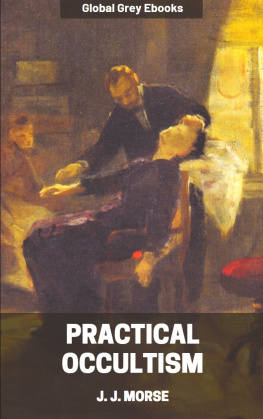
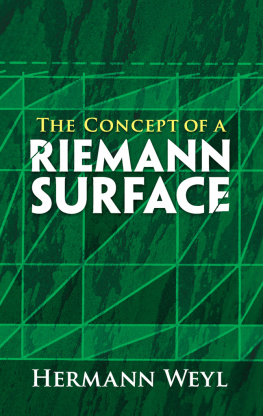
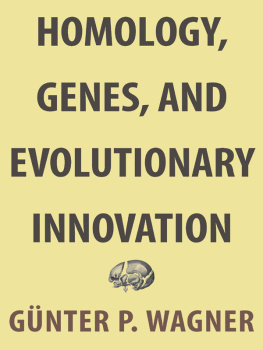


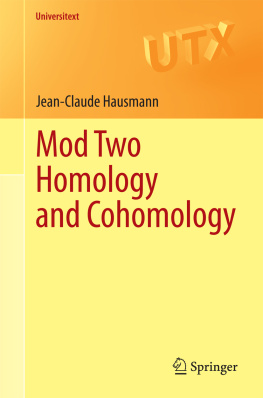
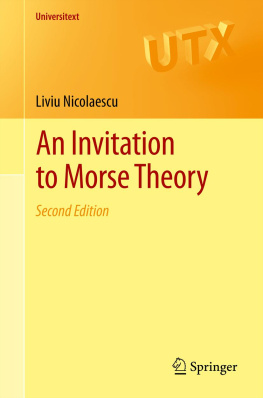

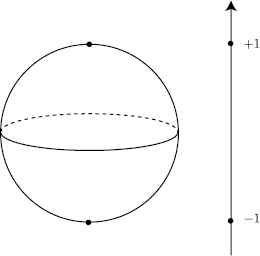

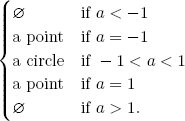
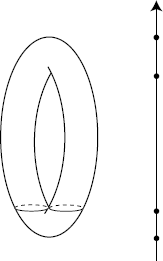
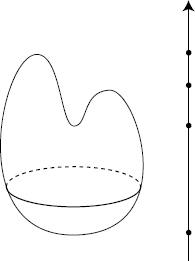

 , even if, in general,
, even if, in general,  regularity suffices!
regularity suffices! be a function. A critical point of f is a point x such that ( df ) x =0.
be a function. A critical point of f is a point x such that ( df ) x =0.
